By Lyndsey Cox, GiGL Community Manager
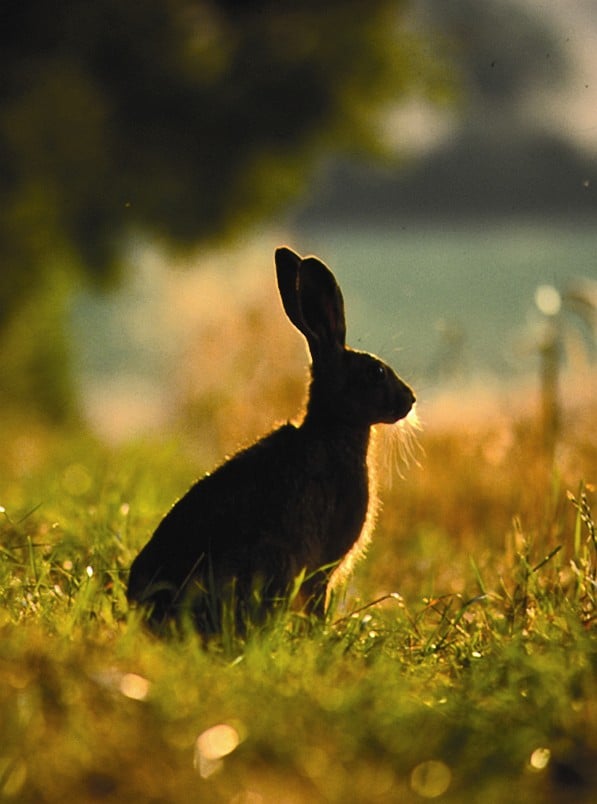
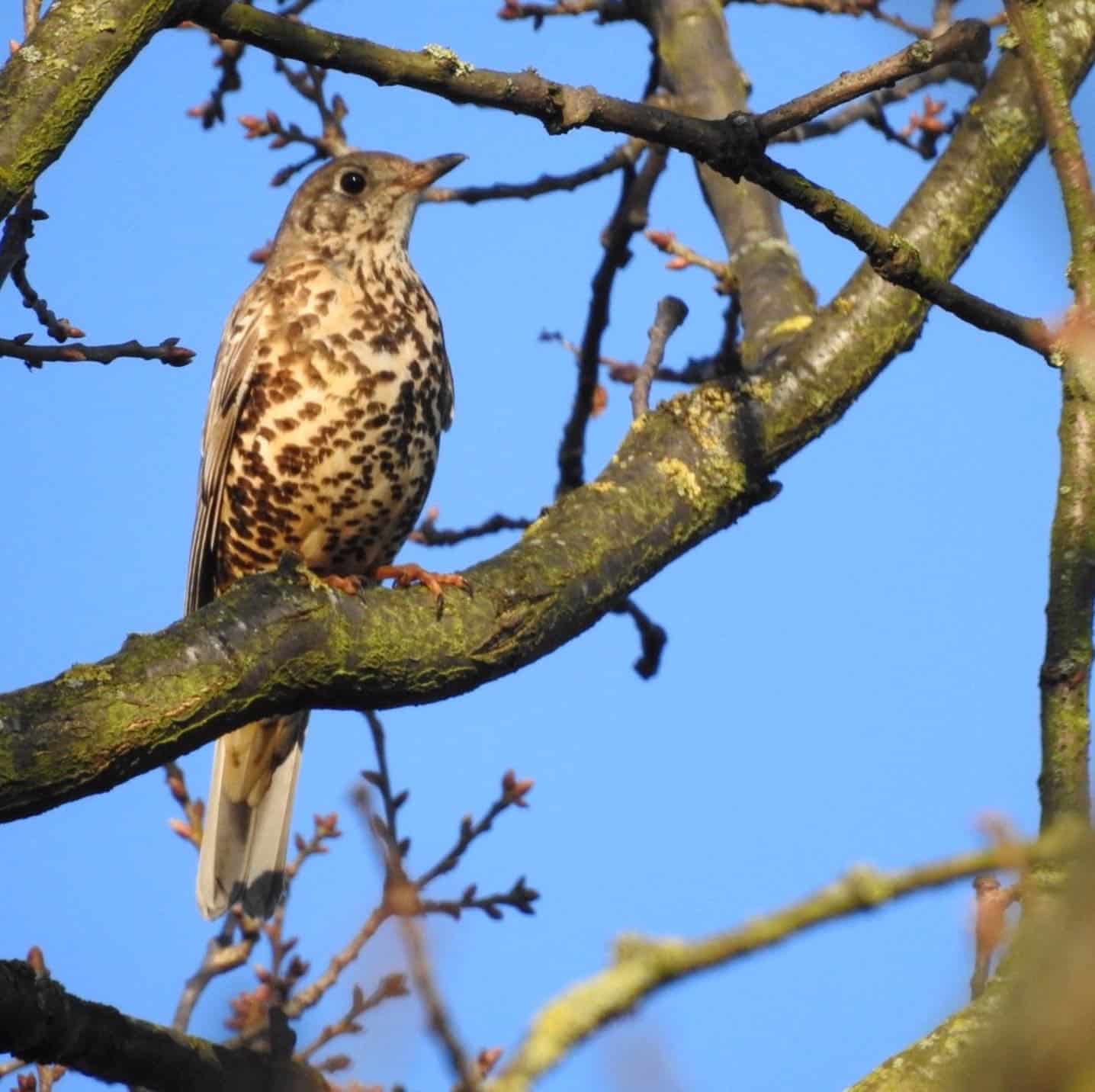
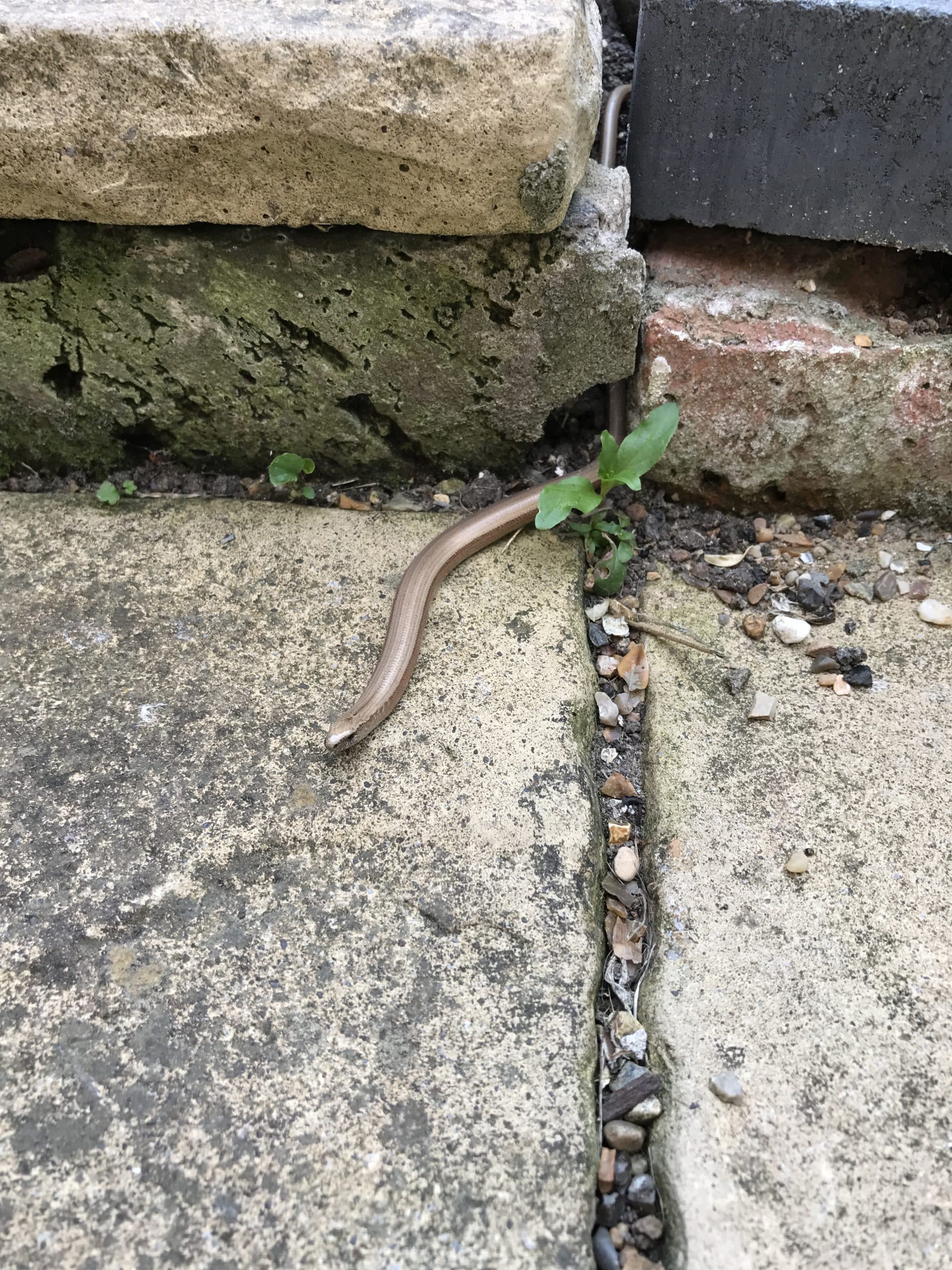
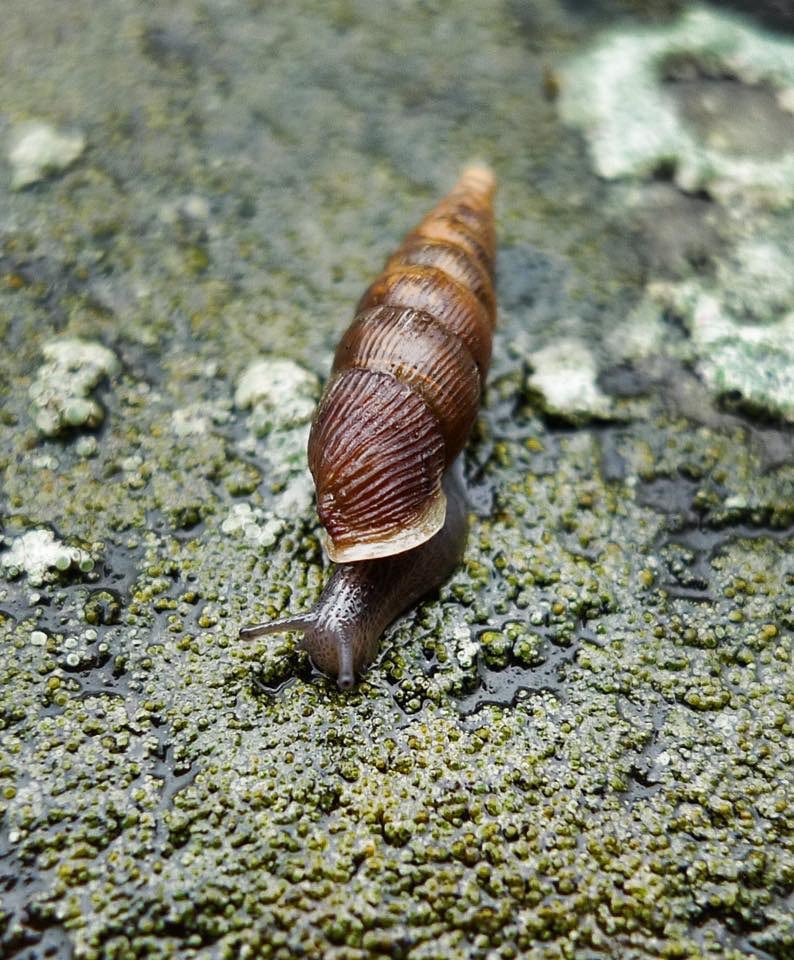
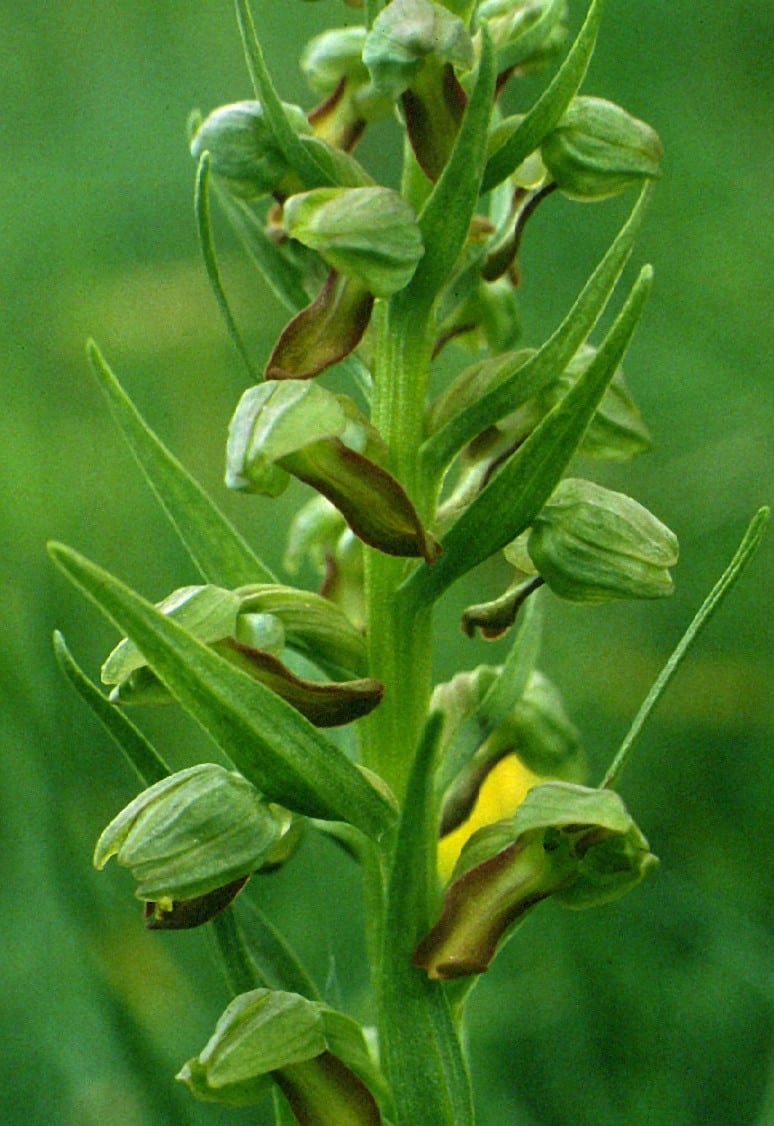
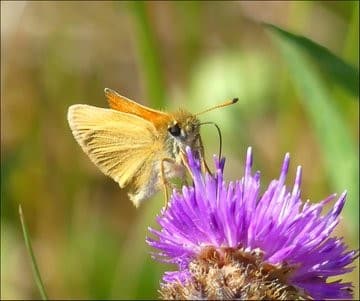
What is the London Priority Species List?
Over 15,000 different species have been recorded in London so identifying a smaller number of priority species allows conservation efforts to be focused towards those species that need help the most. London’s priority species are those we share our city with that are national priorities for conservation and those that are believed to be declining in London or beyond.
Species on the London Priority Species List (LPSL) meet one or more criteria to indicate their conservation status as a species which require conservation action:
- species with native or long-term naturalised populations in London that are listed on Section 41 of the Natural Environment and Rural Communities (NERC) Act 2006
- species that are on the UK red list or are UK scarce
- species that are not recognised as of conservation concern nationally but are characteristic of London and under threat locally, e.g. black poplar
The initial London Biodiversity Action Plan Priority Species List was developed by the London Biodiversity Partnership prior to 2000 and first updated in 2007. It included 214 species deemed a priority across Greater London.
Who should consider Priority Species?
Species on the LPSL must be considered when making planning decisions. All decision makers, land managers and owners should take them into account if thinking about or working on any project which would impact a priority species. Similarly there should be consideration of whether a project could deliver opportunities to support their conservation.
The update project
The London Environment Strategy set out how the Mayor will work with others to ensure the enhancement of London’s biodiversity, including a commitment to work with partners to update the LPSL. In 2018 the GLA and GiGL started to consider how best to produce an updated protected species list for London. The first part of the project was to screen data held by GiGL to produce a draft LPSL. The second part was to ask experts to undertake a light-touch review of this list to identify anomalies or missed species. This project outline was shared with the GiGL Advisory Group in July 2018 for comments on the proposed methodology.
Using a data-driven approach the project identified 1,467 species that could be on the list. The list was then split by taxonomic group. Taxon experts were identified who were willing to look at the proposed LPSL and these experts were sent their taxa lists for review. GiGL sought grant funding so we could pay for the experts’ time to do the work, although some preferred to undertake the review working as a volunteer.
The newly updated lists were then amalgamated and sent to the GLA, where the proposed species went through a final review. The GLA worked through the process of determining which species should be highlighted as conservation priorities in London on two fronts; either because the city supports a valuable population of a species, or because the species is declining and there are realistic opportunities to enhance habitat provision for the species through improved land management in nature reserves, parks or other areas. From this additional prioritisation the new London Priority Species List was formed. This updated list has 243 species across 18 taxonomic groups.
The new LPSL can be found on the GLA website.
The list will be referenced in the GiGL Data Search Reports from the end of June 2021.
GiGL’s longer list
GiGL felt it was important to retain the original draft list of species sent to the GLA, as this penultimate list contained 586 species considered by experts to be of conservation concern. A decision was made to update the London Species of Conservation Concern list within GiGL’s Data Search Reports so that it matched this wider list, ensuring that these species are flagged as being of conservation concern in all data outputs.
